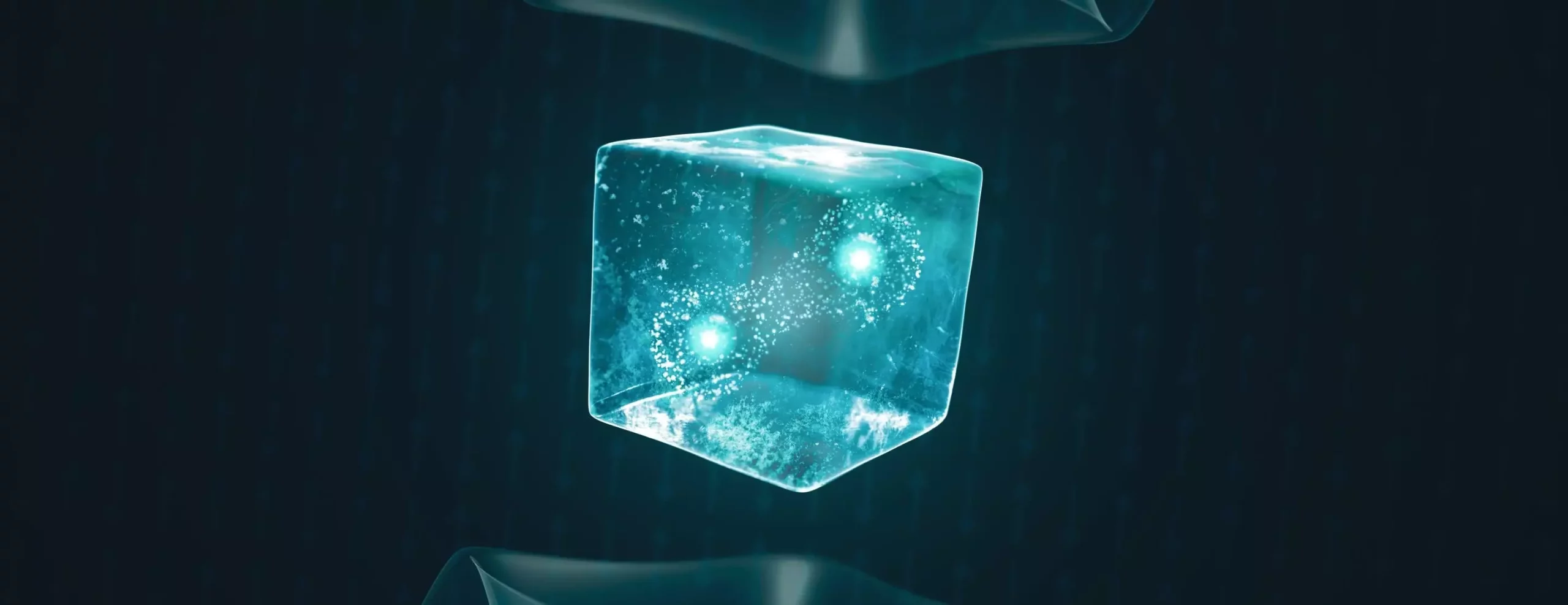Superconductors have long fascinated researchers with their ability to conduct electricity without any energy loss, but the caveat has always been the need for extremely low temperatures for them to work. The quest for superconductors that operate at higher temperatures, possibly even at room temperature, has been the Holy Grail of modern technology. The implications of finding or building such materials could revolutionize various sectors, from electronics and transportation to energy distribution.
Recent research has shed light on the fact that electron pairing, a crucial characteristic of superconductor materials, can occur at much higher temperatures than previously assumed. This unexpected discovery was made in an antiferromagnetic insulator, challenging conventional beliefs about superconductors only working in specific types of materials. While the material studied did not exhibit zero resistance, the observation of electron pairs at elevated temperatures opens up new possibilities for engineering superconductors that operate at higher temperatures.
Superconductors require synchronized electron pairing for them to function properly, akin to two shy individuals finding the courage to dance together at a party. If the pairs are coherent, the material becomes a superconductor, but if they are incoherent, it may end up as an insulator. The recent study discovered electrons in an intermediate stage, on the verge of becoming coherent but not quite there yet, highlighting the complexity of the superconducting process.
Conventional superconductors rely on lattice vibrations to facilitate electron pairing, working at temperatures close to absolute zero. On the other hand, unconventional superconductors, like cuprates, operate at significantly higher temperatures due to other factors beyond lattice vibrations. In the case of cuprates, fluctuating electron spins play a crucial role in pairing up electrons and inducing superconductivity at higher temperatures, up to 130 Kelvin.
The study focused on a lesser-studied family of cuprates with a relatively low superconducting temperature, shedding light on the pairing gap at higher temperatures. The most surprising finding was that the strongest pairing occurred in the most insulating samples, hinting at potential breakthroughs in understanding and engineering superconductors. While the cuprate in the study may not be the key to achieving room temperature superconductivity, the knowledge gained could pave the way for future advancements in this field.
The recent discoveries around superconductors and electron pairing have opened up new avenues for research and development in the quest for higher temperature superconductors. While the journey towards room temperature superconductivity may still be long and challenging, the progress made so far suggests that we are on the brink of a revolutionary breakthrough in modern physics and technology. By unraveling the mysteries of superconductors and leveraging this knowledge to engineer new materials, we stand on the threshold of a transformative era in science and innovation.


Leave a Reply